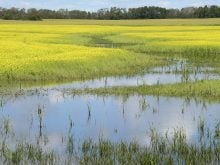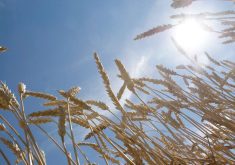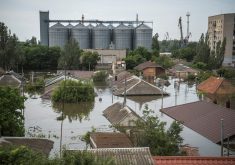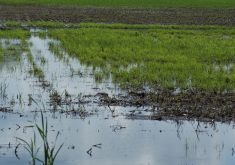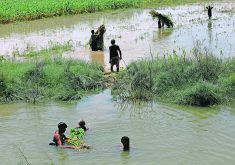Last week’s blizzard likely didn’t add enough to the snow pack to change the spring runoff forecast, says Saskatchewan’s Water Security Agency.
Officials were already expecting above-normal spring flows for southeastern Saskatchewan based on wetter than normal conditions last fall and above-normal snowfall.
“A lot of that snowstorm … there wasn’t a whole lot of snowfall, but that wind moved what was on the snow pack already,” said WSA spokesperson Patrick Boyle.
“We’re going to be going out to do some more snow surveys and a bit more ground truthing.”
Read Also

Trump’s tariffs take their toll on U.S. producers
U.S. farmers say Trump’s tariffs have been devastating for growers in that country.
Photographs from the region during the March 7 blizzard showed vehicles buried in snowdrifts, but Boyle noted it wasn’t a heavy, wet snow that contains a lot of water. The heaviest snow pack in the area is below the Rafferty and Alameda reservoirs and near the Manitoba border.
The highest accumulations during the storm were actually in Manitoba and the Hudson Bay area of northeast Saskatchewan.
The Red Deer River basin southwest of Hudson Bay is the only other area the WSA is expecting to have above-normal flows this spring.
Most of the province will experience below-normal runoff.
In the southwest, runoff is underway or already complete.
Boyle said the area was saturated at freeze-up so there is no concern about lack of water supply.
Mountain snow pack is near normal, and conditions on the Saskatchewan River system for the next six months should be normal as well.
Lake Diefenbaker is currently at an above-normal level for this time of year, but it will be drawn down before the end of May and the arrival of water from the mountains.
For more information, visit bit.ly/2lTRJld.




